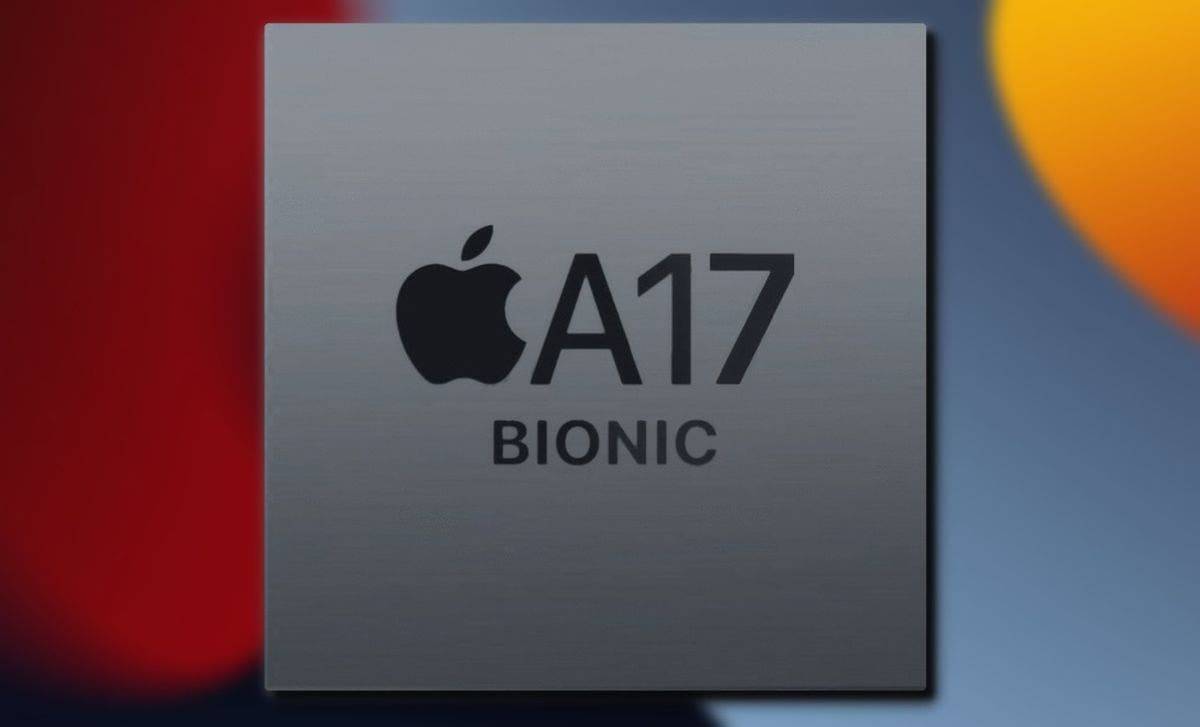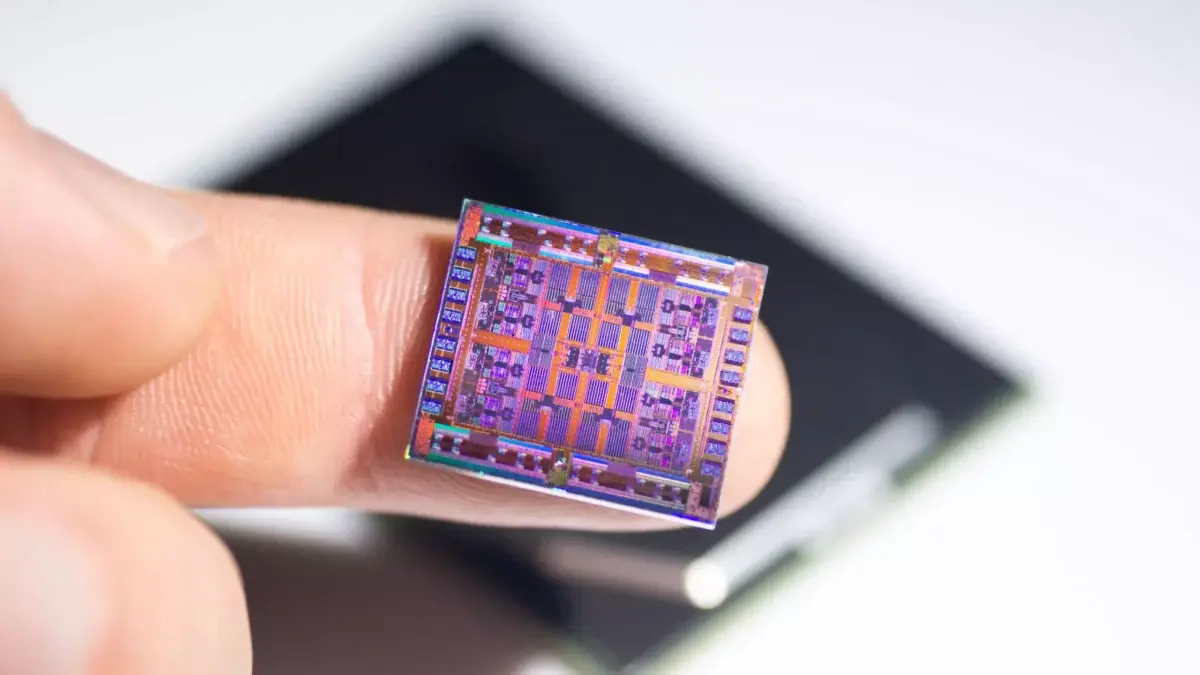In the ever-evolving landscape of mobile technology, the chipset battle continues to intensify as Qualcomm, MediaTek and Apple will unveil their latest offerings – Snapdragon 8 Gen 4, Dimensity 9400 and Apple Bionic A18. These cutting-edge processors promise to redefine performance standards in smartphones, ushering in a new era of speed, efficiency and innovation. Join us as we dive into a full comparison of these powerful chipsets from what we know so far.
Qualcomm Snapdragon 8 Gen 4
The Qualcomm Snapdragon 8 Gen 4 is expected to bring significant performance improvements, potentially surpassing Apple’s A18 chipset. Recent leaks show impressive benchmark results for the Snapdragon 8 Gen 4, showing a single-core score of 3500, surpassing the predicted maximum of 3300 for the A18. This chip is expected to feature custom Oryon cores designed by Qualcomm, offering a competitive edge over its predecessors and potentially increasing speed and efficiency.
Benchmark results and performance details
- Single-core score: Snapdragon 8 Gen 4 should achieve a single-core score of 3500, showing a significant jump in performance compared to previous models.
- Multi-core performance: Reports suggest that the Snapdragon 8 Gen 4 will excel in multi-core benchmarks, with an impressive multi-core score that can outperform its competitors.
- GPU performance: The Snapdragon 8 Gen 4 should feature a faster GPU, improving graphics processing capabilities and potentially improving the gaming experience.
- Clock speed: The main core of the Snapdragon 8 Gen 4 is said to have a peak clock speed of 4.3 GHz, significantly higher than its predecessors, which could lead to increased power consumption and potential overheating concerns.
- Manufacturing process: This chipset is rumored to be Qualcomm’s first chip manufactured on a 3nm process, which means advances in miniaturization and efficiency.
It looks like Qualcomm has managed to improve performance with the Snapdragon 8 Gen 4. Notebook check reports that it has a peak clock speed of 4.3 GHz for the main core. A significant increase over the 3.30 GHz of the Cortex-X4 cores of the Snapdragon 8 Gen 3. However, this higher clock speed generally results in increased power consumption. With the report suggesting a potential voltage of 1.3 V. This raises concerns about potential overheating issues in phones powered by the Snapdragon 8 Gen 4, which could undermine the user experience. Also, the single-core score of 3500 seems like a significant jump compared to the 2187 achieved by the Samsung Galaxy S24 Ultra. Therefore, while the combination of custom cores and a more advanced manufacturing process may put the Snapdragon 8 Gen 4 ahead of the A18, the actual performance margin may be lower than the report suggests.
Bionic A18
According to Notebook check, the Apple Bionic A18 scores 3300 points in a single-core benchmark test. There is speculation that this chip will power the iPhone 16 Pro and iPhone 16 Pro Max. It has generated considerable buzz due to leaked benchmark results that hint at significant performance improvements over its predecessor, the A17 Pro.
Gizchina News of the week

Comparative results
- The A18 Pro reportedly scored 3,300 points in the single-core test and 8,200 points in the multi-core test on Geekbench 6.
- These results represent a significant increase over the A17 Pro, which scored 2,898 points in single-core and 7,201 points in multi-core tests.
- Compared to Qualcomm’s Snapdragon 8 Gen 4 chip, the A18 Pro lags in both single-core and multi-core performance. However, it beats that of the Apple M3 chip found in the 14-inch MacBook Pro.
The Bionic A18 chip is essentially an improved version of the A17 Pro, manufactured on a more robust 3nm process. It offers better single-core performance compared to the A17 Pro. Comparative leak results show a 20.77% increase in single-core performance. The A18 chipset will use a second-generation 3nm process that TSMC calls N3E. This should be more efficient and affordable than the process of the previous generation, that is, the A17 Pro. According to rumors, the Neural Engine in the A18 chipset should have significantly more cores than its predecessor. This should improve AI capabilities in the iPhone 16 line.
Size 9400
The MediaTek Dimensity 9400 processor should be a major player in the mobile chipset arena, offering notable improvements over its predecessors and competitors. Here are the key benchmarks and hardware details of the Dimensity 9400 based on the search results provided:

Comparative results
GeekBench 6 Results:
- Single-core: The Dimensity 9400 achieved a score of 2700, beating the Snapdragon 8 Gen 3 by 17.7% and the Dimensity 9300 by 19.3%.
- Multi-core: Multi-core scores hit the 9800, beating the Snapdragon 8 Gen 3 by 39.5%, the Dimensity 9300 by 24.7%, and Apple’s A17 Pro by 35.5%.
AnTuTu scores:
- Overall: The Dimensity 9400 scored higher than the Snapdragon 8 Gen 4, with the breakdown showing a 12% higher CPU score and a 7% higher GPU score.
The Dimensity 9400 features a fully performance core design with no efficient cores consisting of 1x Cortex-X5, 3x Cortex-X4 and 4x Cortex-A720 cores. It comes with ARM’s new Immortalis G9xx GPU (probably G920) and improves performance over its predecessor, achieving 110 FPS in GFXBench’s Aztec Ruins benchmark.
Conclusion
Snapdragon 8 Gen 4, Bionic A18 and Dimensity 9400 stand as formidable contenders in the mobile chipset arena, each showcasing different strengths and innovations. Qualcomm’s Snapdragon 8 Gen 4 impresses with its expected performance advancements, including custom Oryon cores and a faster GPU, although concerns remain about potential overheating issues due to its higher clock speeds. Apple’s Bionic A18 chip, manufactured on a robust 3nm process, promises notable performance improvements over its predecessor, using the Neural Engine with significantly more cores to bolster AI capabilities, though it lags slightly behind the Snapdragon 8 Gen 4 in benchmark results .
Meanwhile, the MediaTek Dimensity 9400 has emerged as a major player, boasting impressive single-core and multi-core performance metrics, a core design optimized for high performance, and a powerful Immortalis G9xx GPU, positioning it as a strong contender in the mobile chipset landscape. As competition intensifies, users can expect continuous innovation and advancements in mobile processor technology, driving the evolution of smartphones towards increased speed, efficiency and overall user experience.
Snapdragon 8 Gen 4 Vs Bionic A18 Vs Dimensity 9400 – Battle of mobile chipsets



:max_bytes(150000):strip_icc()/Health-GettyImages-1344937456-050f0adfa4b64287b92e93653811b9ff.jpg)


